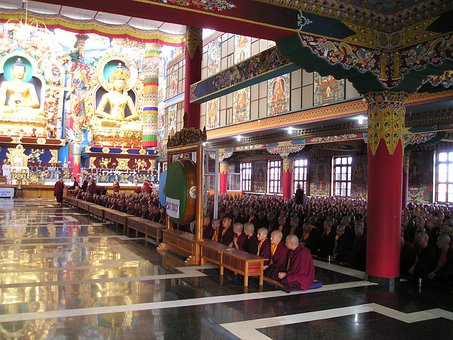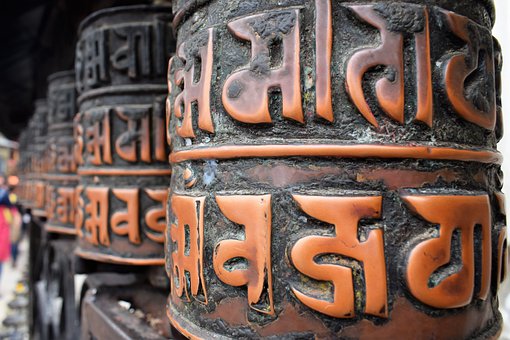Through the practice of Nadi, prana, and bindu, having dispelled discursive thoughts, the nature of mind will surface. Based on this, one needs to proceed to practice with the pith instructions of one’s lama. Without such instructions, even the manifestation of the nature of mind will not be stabilised.
~Depicted from LUMINOUS WISDOM BOOK SERIES











